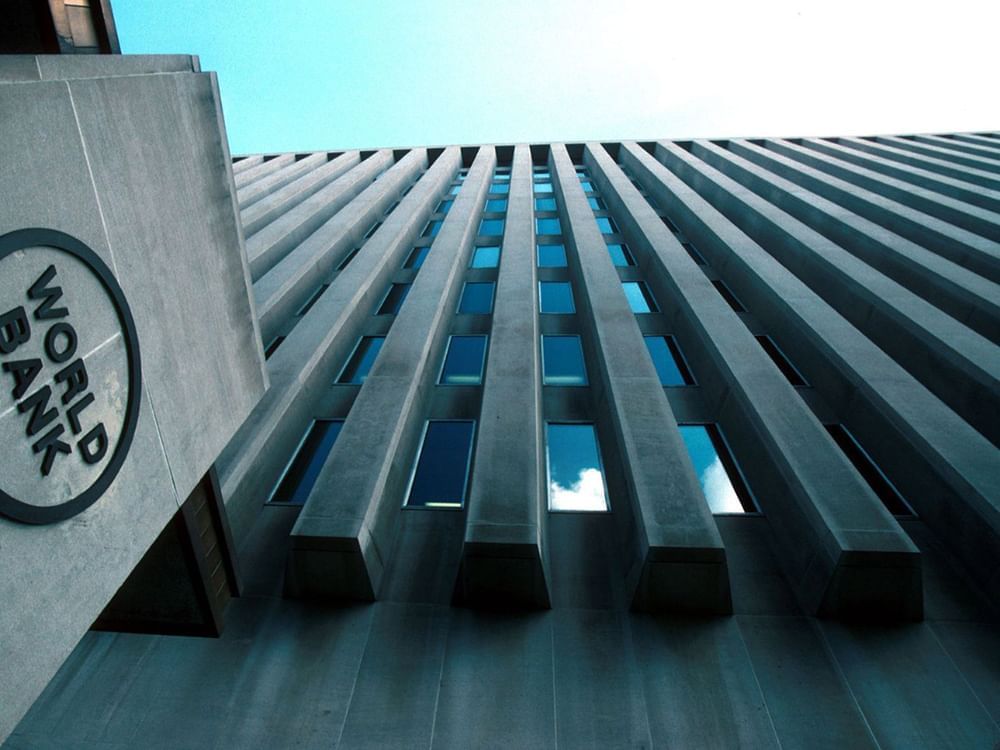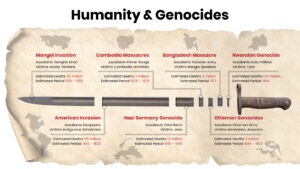Washington, United States — The World Bank slashed its 2025 global growth forecast Tuesday, citing trade tensions and resulting policy uncertainty, as US President Donald Trump’s wide-ranging tariffs strained ties and weighed on economic outlooks.
The bank lowered its projection for global GDP growth to 2.3 percent in its latest economic prospects report, down from 2.7 percent expected in January, the latest in a series of downgrades by international organizations.
“That’s the weakest performance in 17 years, outside of outright global recessions,” said World Bank Group chief economist Indermit Gill.
Global growth and inflation prospects for this year and next have worsened because of “high levels of policy uncertainty and this growing fragmentation of trade relations,” he added.
“Without a swift course correction, the harm to living standards could be deep,” Gill warned.
By 2027, the World Bank expects global GDP growth to average 2.5 percent in the 2020s, which would be the slowest rate in any decade since the 1960s.
The gloomier projections come as Trump imposed a 10 percent tariff on imports from almost all US trading partners in April — and higher rates on dozens of these economies, which he has since suspended until early July.
He also engaged in tit-for-tat escalation with China, although both countries have hit pause on their trade war and temporarily lowered these staggering duties as well. But a lasting truce remains uncertain.
‘Limited’ harm?
While the World Bank’s growth downgrade was proportionately larger for advanced economies, the bank cautioned that less wealthy countries have tricky conditions to contend with.
Commodity prices are expected to remain suppressed in 2025 and 2026, Gill said.
This means that some 60 percent of emerging markets and developing economies — which are commodity exporters — have to deal with a “very nasty combination of lower commodity prices and more volatile commodity markets.”
By 2027, while the per capita GDP of high-income economies will be approximately where it was in pre-pandemic forecasts, corresponding levels for developing economies would be six percent lower.
“Except for China, it could take these economies about two decades to recoup the economic losses of the 2020s,” Gill cautioned.
Overall, although GDP growth expectations have been revised downwards, inflation rates have been revised up, he said, urging policymakers to contain inflation risks.
Despite trade policy challenges, however, Gill argued that “if the right policy actions are taken, this problem can be made to go away with limited long-term damage.”
He urged for the “differential in tariff and non-tariff measures with respect to the US” to be quickly reduced by other countries, starting with the Group of 20 which brings together the world’s biggest economies.
“Every country should extend the same treatment to other countries,” he added. “It’s not enough to just liberalize with respect to the US. It’s also important to liberalize with respect to the others.”
The World Bank said developing economies could lower tariffs on all trading partners and convert preferential trade deals into pacts spanning the “full range of cross-border regulatory policies” to boost GDP growth.
Generally, wealthier countries have lower tariffs than developing countries, which could be seeking to protect budding industries or have fewer sources of government revenue.
This month, the Paris-based Organisation for Economic Co-operation and Development also slashed its 2025 global growth forecast from 3.1 percent to 2.9 percent, warning that Trump’s tariffs would stifle the world economy.
This came after the International Monetary Fund in April cut its world growth expectations for this year too on the effects of Trump’s levies, from 3.3 percent to to 2.8 percent.








